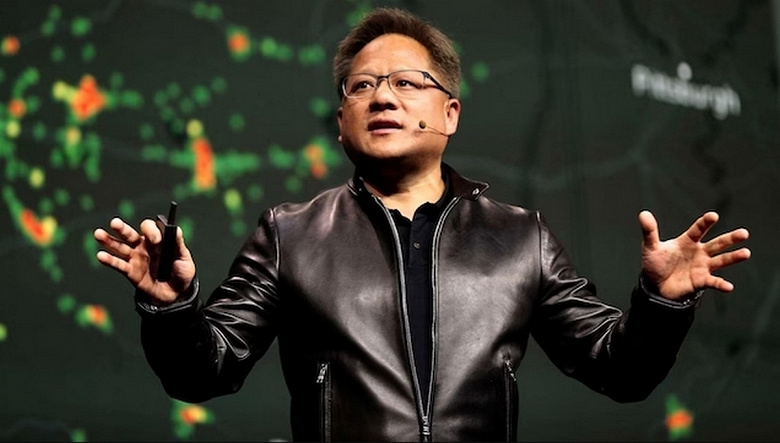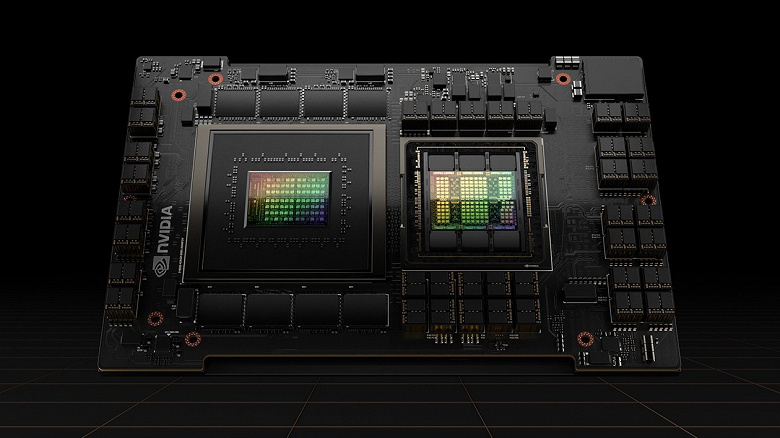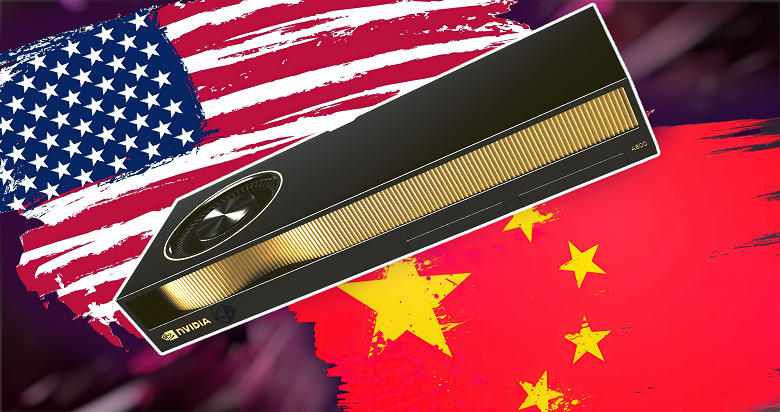NVIDIA lowers requirements for monitors with G-Sync Ultimate technology
NVIDIA has reduced the requirements for monitors with support for proprietary G-Sync technology without an official announcement. It is used to dynamically synchronize the refresh rate of the monitor screen with the frame rate produced by the video card and is aimed at eliminating image tearing when changing frames on the screen.










